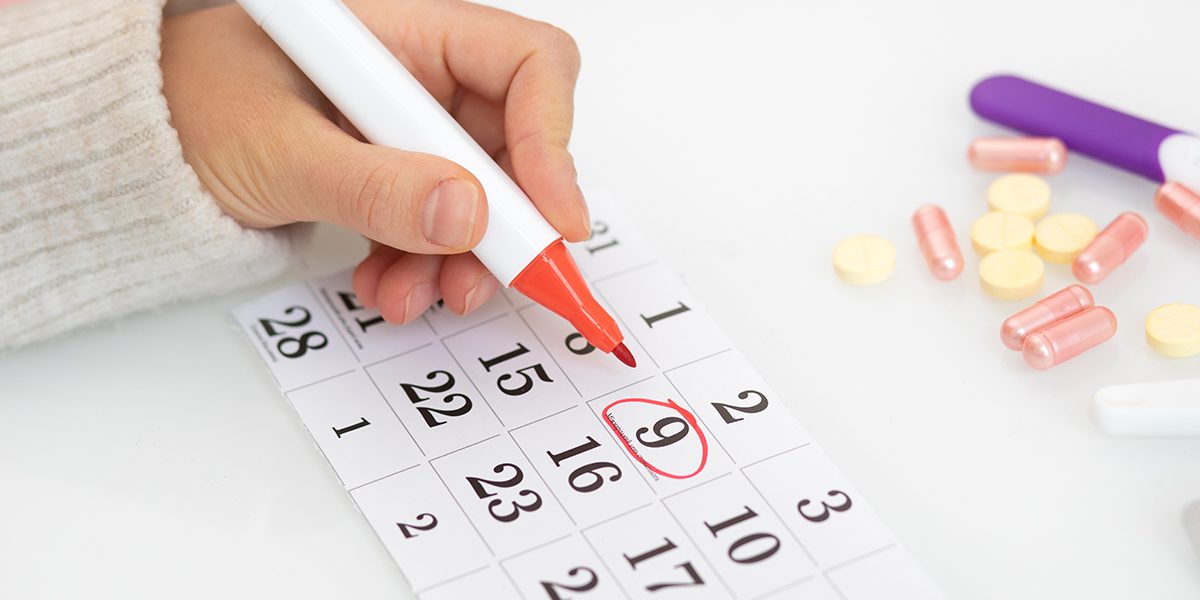(Different ways to calculate your ovulation date)
The idea that having intercourse during the “fertile time,” particularly when you are ovulating, is vital for women to become pregnant is something that we have all heard. Another important aspect that the majority of women are curious about is how to calculate the ovulation date. This blog helps you to find out your ovulation date in various ways.
What is ovulation
The process of ovulation occurs when a follicle ruptures and releases an egg after reaching maturity. After being released, the egg goes down the fallopian tube and stays there for 12 to 24 hours and it is fertilized by the sperm. Moreover, your chance of getting pregnant is high during ovulation when live sperm are present in the fallopian tubes.
Your usual ovulation timing would be between the 12th and 14th day if your menstrual cycles are normal at 28 days. But if your cycle length varies, it can change.
How to calculate the ovulation date
Ovulation kit
The use of an ovulation predictor kit (OPK) is the most precise approach to figuring out when you are ovulating. This kit functions by spotting an increase in the luteinizing hormone (LH) and is similar to a pregnancy kit.
Here you should take 2nd morning urine for testing. After dropping urine on the kit, you can notice two lines one in C and another one in T, preferably the T line should be equal to or darker than the C line for a positive result. In some cases, you can also get negative results because of spikes in LH hormones. In such cases repeat your test process and see the results once again.
The positive result indicates the chance of releasing eggs (ovulation time starts) within 24 to 36 hours which is considered as the ideal time for getting pregnant.
Basal body temperature
This technique might be quite challenging for you since you must regularly check your body temperature. Here, you have to regularly check your body temperature every morning probably at the same time.
Next, record your temperature for each day on a chart. On the day of ovulation, you can notice a slight increase in body temperature (say, by half a degree) which will help you to find out your ovulation date.
Ovulation signs
Ovulation may be identified by a few physical signs. Some women may experience lower abdominal pain (mittelschmerz) when ovulation occurs. Another common sign is breast tenderness.
Vaginal discharge
You can also predict your ovulation date using the vaginal discharge. In the days leading to ovulation, the majority of people have a clear and somewhat elastic discharge that resembles egg whites
Follicular study
You can predict the days when there is a chance of an egg release based on the ovulation kit results, but not the precise day when the egg is released. The precise date of ovulation can be determined with a follicular study during an appointment with a fertility specialist.
Moreover, ovulation can also be predicted using the results of the blood and urine tests. An increase in progesterone hormone levels is yet another factor to be considered for predicting ovulation.
To sum up
Well, this blog has provided you with information on “How to Calculate the Ovulation Date.” Therefore, you can anticipate the ovulation date at home, but not precisely. Consult a fertility specialist if you want to determine your ovulation date precisely. She will support you and help you determine when it would be ideal to get pregnant.








